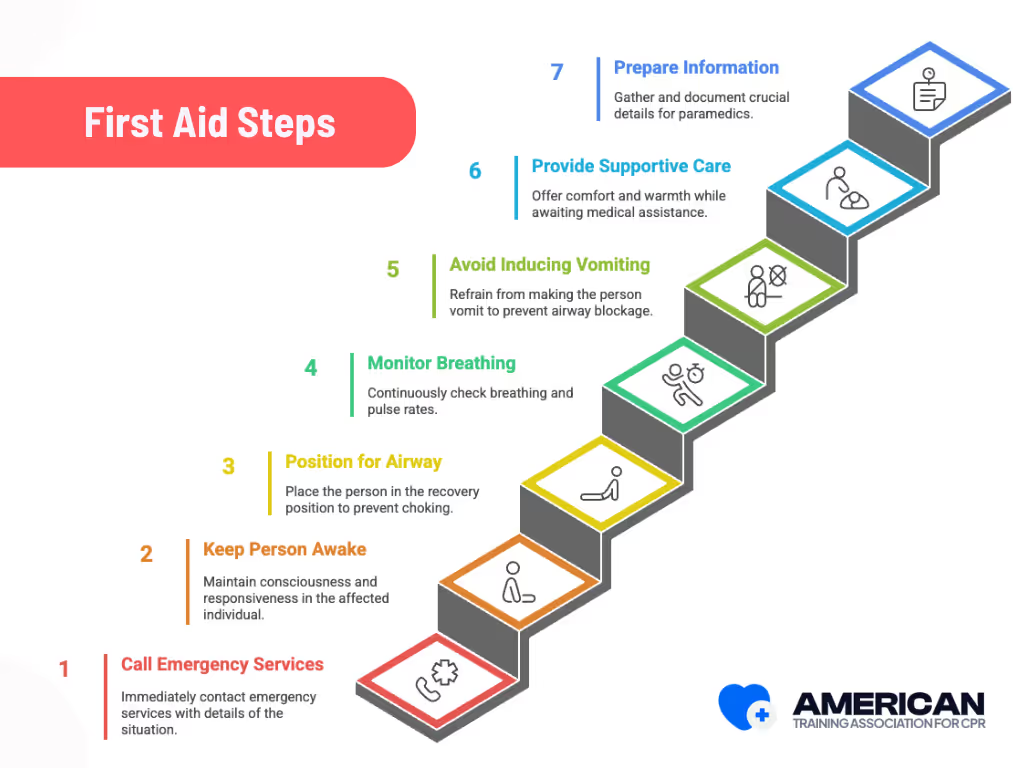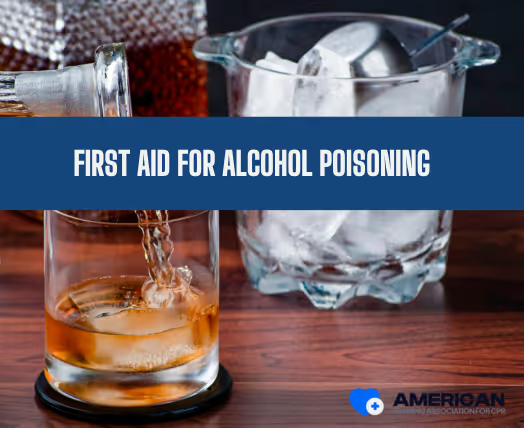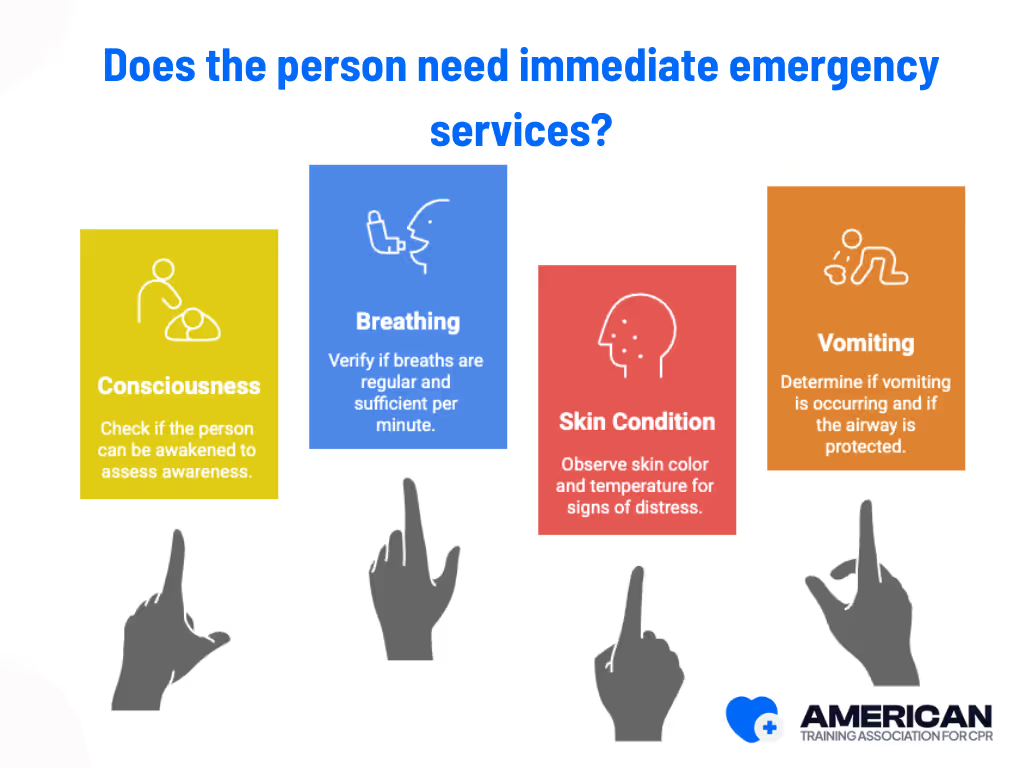How Alcohol Affects the Body
Alcohol affects almost every organ in your body. When too much is consumed, it interferes with normal functions and can cause serious harm.
- Brain: Alcohol slows brain activity, affecting coordination, speech, and decision-making. In severe cases, it can lead to confusion, unconsciousness, or breathing problems. Long-term use can cause memory loss and brain damage.
- Heart and Lungs: Heavy drinking weakens the heart and slows breathing. It can cause irregular heartbeat, heart failure, and increase the risk of choking or pneumonia.
- Liver: The liver breaks down alcohol, but gets damaged over time. This can lead to fatty liver, hepatitis, or cirrhosis.
- Kidneys: Alcohol affects the body’s fluid balance, leading to dehydration and blood pressure problems. It also makes it harder for the kidneys to filter toxins.
- Pancreas: Drinking too much can cause inflammation called pancreatitis, which affects digestion and can increase the risk of diabetes.
Alcohol’s effects can happen quickly and worsen with repeated use. Knowing how it harms your body is the first step toward preventing serious health problems like alcohol poisoning.

What Should You Do if Someone Has Alcohol Poisoning?
First aid for alcohol poisoning focuses on keeping the person alive and safe until professionals arrive. The goal is to stabilize breathing, prevent choking, and get emergency help quickly. Supportive care can help, but it never replaces medical treatment.
- Call Emergency Services: Call 911 (or your local emergency number) right away if you suspect alcohol poisoning. Tell them how much alcohol was consumed, when, and if other drugs were involved. Follow dispatcher instructions while waiting for help.
- Keep the Person Awake and Upright: Try to keep them sitting up and responsive. Speak calmly and gently tap their shoulder to keep them awake. If they start to lose consciousness, move them safely onto their side.
- Position to Protect Airway: If the person is unresponsive but still breathing, place them in the recovery position on their side with their head slightly tilted and one knee bent. This prevents choking if they vomit.
- Monitor Breathing and Pulse: Check if they are breathing normally (at least eight breaths per minute). If breathing stops or slows dramatically, be ready to perform CPR or rescue breaths as instructed by emergency dispatch.
- Do Not Induce Vomiting: Never make them vomit. It can block the airway. If they vomit on their own, turn their head to the side and clear their mouth carefully.
- Provide Basic Supportive Care: Keep them warm, loosen tight clothing, and stay beside them. Don’t give food, coffee, or any medication unless told by a medical professional.
- Prepare Information for EMS: Write down key details how much and when they drank, any drugs taken, medical conditions, allergies, and changes you observed. Share this with paramedics on arrival.
These immediate steps can save a life by keeping the airway clear, maintaining breathing, and ensuring rapid access to medical care
What Are the Risk Factors for Alcohol Poisoning?
Alcohol poisoning risk factors are conditions that increase the likelihood or severity of an alcohol poisoning episode. These include biological traits, behaviors, health conditions, and environmental influences.
- Biological factors: Age, body weight, and sex affect how alcohol is absorbed and metabolized. Older adults, teens, and people with lower body weight or less body water (like most women) reach toxic levels faster.
- Behavioral factors: Frequent drinking and tolerance can hide signs of severe intoxication. Binge drinking, rapidly reaching a blood alcohol level of 0.08% or more, greatly increases the risk of respiratory failure.
- Health and medication factors: Pre-existing conditions (like liver or heart disease) and drugs such as opioids or sedatives slow alcohol clearance and intensify its depressive effects.
- Situational factors: Drinking alone, in unsafe settings, or with limited access to help increases danger. Mixing alcohol with other substances can quickly become fatal.
- Social and demographic factors: Peer influence, social norms, and limited healthcare access can drive risky drinking behaviors, especially among young men and certain occupational groups.
Together, these factors shape a person’s overall risk.







